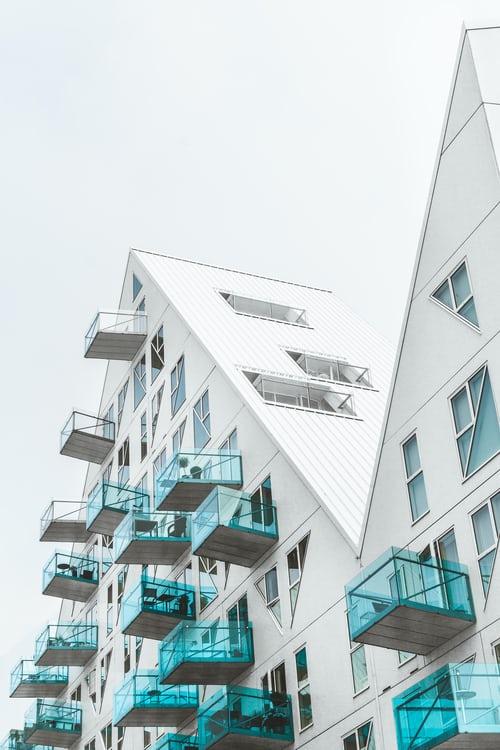Balancing Energy-Efficiency and Aesthetics in Large-Scale Thermal Fenestration


Large-scale thermal fenestration can make a big difference in the energy efficiency and aesthetics of buildings. However, there are several considerations when choosing this type of fenestration. For example, the window wall ratio must be considered and the building’s occupants must be considered.
Window-to-wall proportion
The window wall ratio (WWR) of a building has a direct impact on its energy efficiency. It is a critical spatial parameter in building science and urban planning. While urban planners have looked at the impact of WWR on the outdoor thermal environment, building scientists have focused on its impact on indoor energy consumption. Using transient systems simulation programs, they have assessed the energy efficiency of a single building by altering the window wall ratio. These analyses, however, did not take into account the impact of the urban microclimate.
The window wall ratio has a direct impact on the annual heating and cooling energy demand. In a Chinese city, the energy demand is highest when the building faces the west. It decreases slightly when the building faces east or south.
Building envelope design
Building envelopes have a major impact on energy use and environmental impact. Envelope design must incorporate performance-driven design principles that integrate thermal comfort, daylight optimization, and aesthetics. This paper looks at how different ways of designing thermal envelopes can make them work better.
The first step in designing a building’s thermal envelope is to consider climate and weather conditions. The design must take into account wind and earthquake risk factors. High winds can affect glazing and other exterior surfaces. Low-level glazing is particularly vulnerable to high winds.
Thermal efficiency can be achieved by addressing exterior and interior air quality. HVAC systems that utilize perimeter heating and cooling will typically require a building envelope that is designed to meet performance requirements. Even though HVAC is the most important thing, the materials and permeability of the exterior walls will need to meet certain performance requirements.
Building occupants
Energy-efficient fenestration is an important building component for commercial, institutional, and residential buildings. It helps control the temperature of a building, reduces solar heat gain, and allows ventilation. It also plays a key role in the building’s envelope load, which influences the building’s overall energy performance.
Achieving a balance between aesthetics and energy efficiency is important when designing large-scale thermal fenestration. A properly specified fenestration can significantly improve the overall energy performance of a building. Moreover, the proper orientation of a building and the shading of its fenestrations are essential for thermal comfort and natural ventilation. For instance, a large glazed opening in a wall can block the hot summer sun while letting in the cold winter sun.
Building design
Large-scale thermal efficiency is a key element of energy-efficient building design. It helps to reduce energy consumption and costs and increases occupant comfort. But the design of large-scale thermally efficient buildings presents some challenges.
First of all, it is important to consider the climate at the site. In climates with extremes, the use of proper materials is essential. And if the building will get direct sunlight, it needs to be placed in the right way.
Secondly, energy-efficient design should have a low environmental impact. Often, this is impossible to do without sacrificing aesthetics. For this to happen, good facade engineering needs to be part of the design process.
Building fenestration systems
When designing large-scale thermal fenestration solutions, architects must balance the needs of energy efficiency with aesthetics. This requires incorporating a variety of strategies, including the use of Variable Refrigerant Flow systems (VRF) and weather-resistant barriers. These technologies help buildings offer optimum thermal performance while promoting aesthetics and human well-being.
Large-scale thermal fenestration systems can be used for a wide variety of applications. For example, large sliding doors are an attractive and efficient way to let in a lot of light in multifamily buildings with large windows.
There are two types of thermal fenestration systems: R Class (Residential) and LC Class (Light Commercial). R Class fenestration is used for single and two-family dwellings. LC Class fenestration has a maximum load capacity of 25 psf (1200 Pa), while CW Class (Commercial) fenestration has a higher loading capacity and deflection limits.
